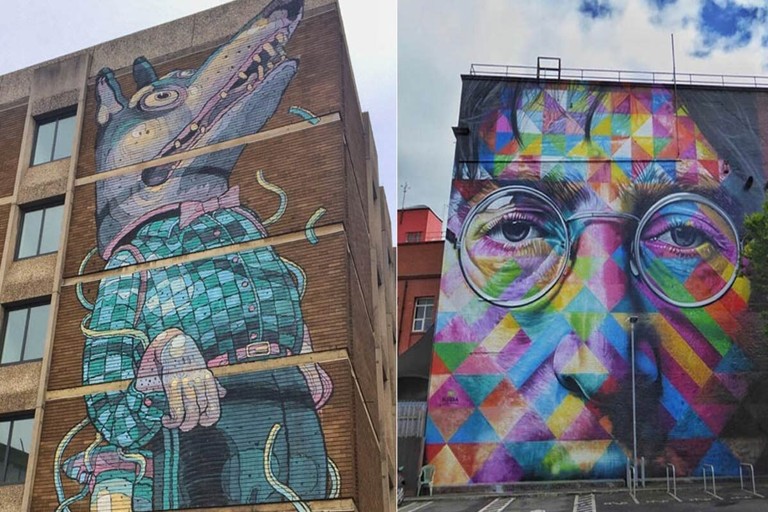Culture & Arts
Street Art in Bristol Finds New Life Through Community-Led Restoration Projects
Local volunteers and artists are restoring iconic murals in Bristol, preserving the city’s reputation as one of Europe’s most vibrant centres for street art.
By James Rowe | 11 October 2025, 09:28

Bristol’s renowned street art scene is experiencing a revival as local communities band together to restore and preserve some of the city’s most iconic murals. Once fading or vandalised, these vibrant works are now being given a second life through grassroots initiatives that celebrate the city's urban culture.
Organisations such as Upfest and People's Republic of Stokes Croft have launched campaigns inviting volunteers to clean, retouch, and even digitally archive street art scattered across Bristol’s walls. These efforts include the restoration of lesser-known works as well as pieces by internationally recognised names like Banksy.
The projects are not just about aesthetics; they’re also deeply tied to the community’s identity. “Street art in Bristol tells a story — it reflects our political views, our humour, and our diversity,” says community organiser Marcus Hill. “Letting it fade is like letting part of our voice disappear.”
One high-profile restoration took place on North Street in Bedminster, where a large mural depicting a child holding a balloon had been partially defaced. Using archival photographs and input from the original artist, volunteers managed to recreate the work with remarkable fidelity.
Funding has come from a combination of crowdfunding campaigns, small business sponsorships, and support from the local council, which has praised the projects as a model for civic engagement and cultural preservation. Grants from arts foundations have also allowed workshops to teach mural maintenance and street art techniques.
While restoration efforts have been welcomed by many, they’ve also sparked debate over the boundaries of preservation in a medium that is, by nature, ephemeral. Some artists argue that street art should be allowed to evolve — or disappear — as part of its lifecycle.
Still, the projects continue to gain momentum. Local schools have become involved by organising student clean-up days and art history lessons that focus on the significance of street art as a form of public expression. Several university students are now researching the phenomenon for graduate theses.
In some cases, restoration has inspired new work entirely. Areas once known for decay are now hubs of creative activity, with new murals appearing alongside restored classics. Residents report increased foot traffic and renewed interest from tourists, contributing to neighbourhood regeneration.
Bristol City Council has taken notice, with officials now considering a formal registry of notable street art sites. The registry would serve as both a protective measure and an educational tool, offering maps and QR codes for self-guided public art tours.
For many, the resurgence of street art in Bristol is about more than paint on walls — it’s a reaffirmation of identity, resilience, and the power of community collaboration. As volunteer groups continue their work, they are not just restoring images, but reinforcing the cultural fabric of the city.